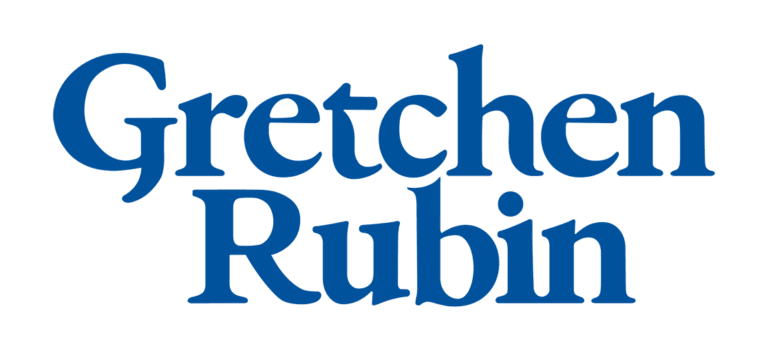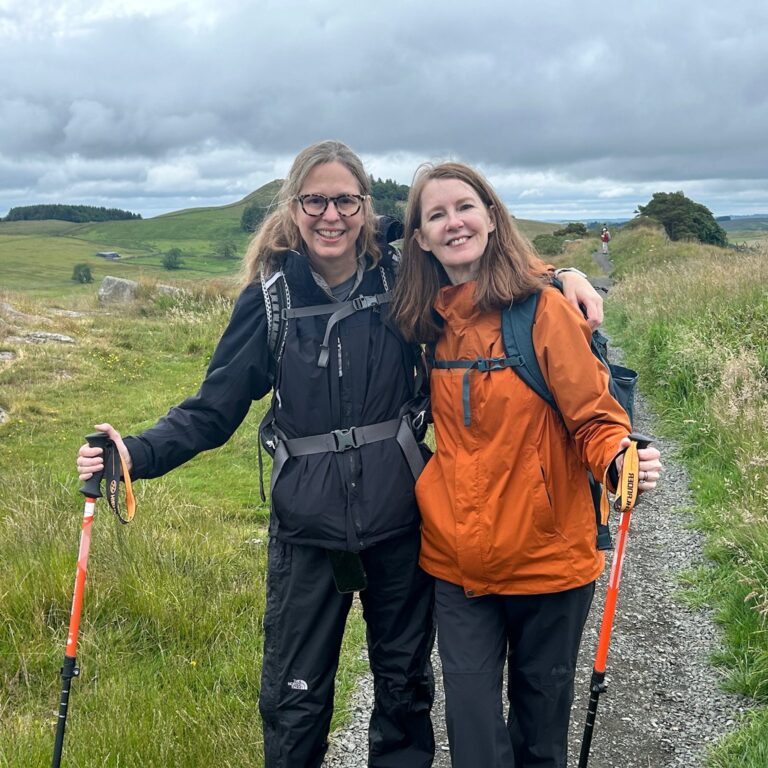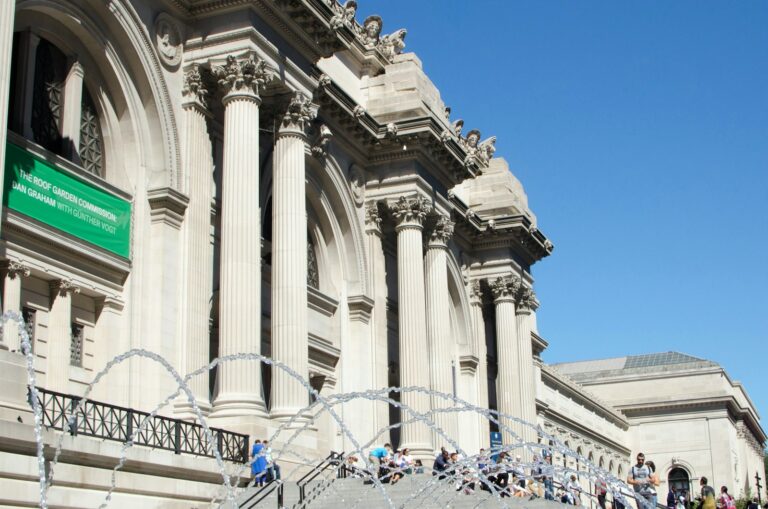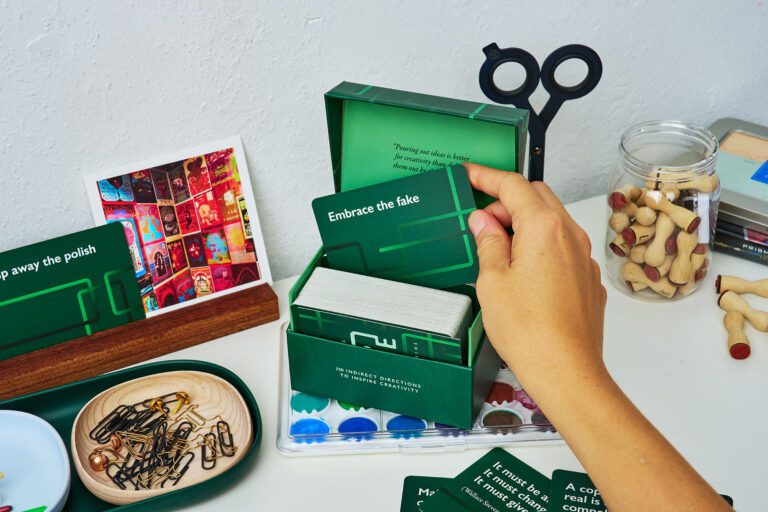I’ve written about my “Metropolitan Museum Experiment.” Every day this year, when I’m in New York City, I’m visiting the Met.
So now I’ve been doing it for many weeks, and here are a few minor observations:
- The Met is far bigger than I realized. To my astonishment, I’ve found many galleries that I’d never seen before. I just finished my first walk-through of the First Floor, and am now in the Mezzanine Level. It’s very, very large.
- The Gift Shop is terrific. If you’re looking for a great bookstore, for instance, or a fun place to buy gifts, I highly recommend it. You can go into the gift shop without getting a ticket for the museum (but of course you’d want to visit the museum, too!).
- If you want a quiet, comfortable, out-of-the-way place to sit, go to Visible Storage in the American Wing.
- I’m starting to want to do a lot of research; I’m getting more and more curious about more and more subjects. But I’m working on a new book, and I already have a tremendous amount of research for my book! And yet I find myself wanting to learn more about what I’m seeing at the Met. I know the truth of one of my aphorisms: When I bring more to an experience, I get more from the experience.
Here are a few more profound observations:
1. I realize that if the objects don’t interest me, I’m going too fast. The more slowly I go, the more I see, and the more interesting everything becomes. In John Cage’s Silence, he writes,
In Zen they say: If something is boring after two minutes, try it for four. If still boring, try it for eight, sixteen, thirty-two, and so on. Eventually one discovers that it’s not boring at all but very interesting.
I’ve found this to be remarkably true.
I realize now that when I started my project, I was going too fast. I want to return to Greek and Roman Art and Arts of Africa, Oceania, and the Americas so that I can walk through those sections much more slowly. Which brings me to #2…
2. I realize that the most important aspect of this experiment is that it lasts for a year. I have so much time.
Why is this important?
In the past, when I’ve visited the Met, I always had something I wanted to see or a particular area I wanted to explore. This frame of mind gave me a sense of priorities: “I need to go to this place, I want to see these, so I can’t get distracted by those.” I was always trying to make the most of my time.
Now I have endless time. I won’t run out. I don’t need to spend my time wisely; I can spend it profligately. And that has utterly changed my experience of the museum. I have all the time in the world.
When I started, I thought I’d need to give myself little assignments to feel like I was getting something from the experience. But that hasn’t proven to be the case. I don’t expect anything specific from myself or from the Met. I’m working my way through it, so I have a general sense of what area I’ll explore on a particular day, but if I feel like getting side-tracked, I do it. If I feel like staying in one gallery the whole time, I do. If I feel like visiting an area again instead of moving to a new place, I do.
I had no idea of how refreshing I’d find this exercise. I absolutely look forward to it every day. It doesn’t feel like a chore or something to cross off my list; it feels like a treat.
I get outside my own head—not by turning inward and quieting my thoughts, but rather by turning my attention outside. I’m exploring, observing, and thinking, but in a loose, associative, rambling kind of way. I’m transported from my personal, everyday concerns to a more elevated realm of thought.
I may visit the Met every day for the rest of my life.
3. I realize that I have to transform my Met Experience. Not just by writing about it as part of my next book about the body and the senses—and it’s a crucial piece of that project—but in some other way as well.
The Met has always given me an uncomfortable feeling…it overwhelms me with a feeling of frustration or obstruction, that things can’t flow, that’s there’s a pent-up pressure for what I see to be turned into something else, to be put to work by me—it’s not enough to see; I have to make something else out of it, transform it, or copy it myself.
And I know that whatever I create or copy would be so inferior to whatever I’m responding to, it’s discouraging and frustrating. So my task is to transform it in my way—which means by writing.
So what would that be? From the Mixed-up Notes of Ms. Gretchen C. Rubin?
Or maybe Show Me What to See: Gretchen Rubin’s Eccentric Guide to the Notable, the Beautiful, and the Humorous in the Metropolitan Museum?
For instance, I found this funny: Cleopatra wearing a wedding ring. Somehow, I don’t think that’s historically accurate:

I really admire Egyptian canopic jars (if you don’t know what they’re used for, you may not want to know).
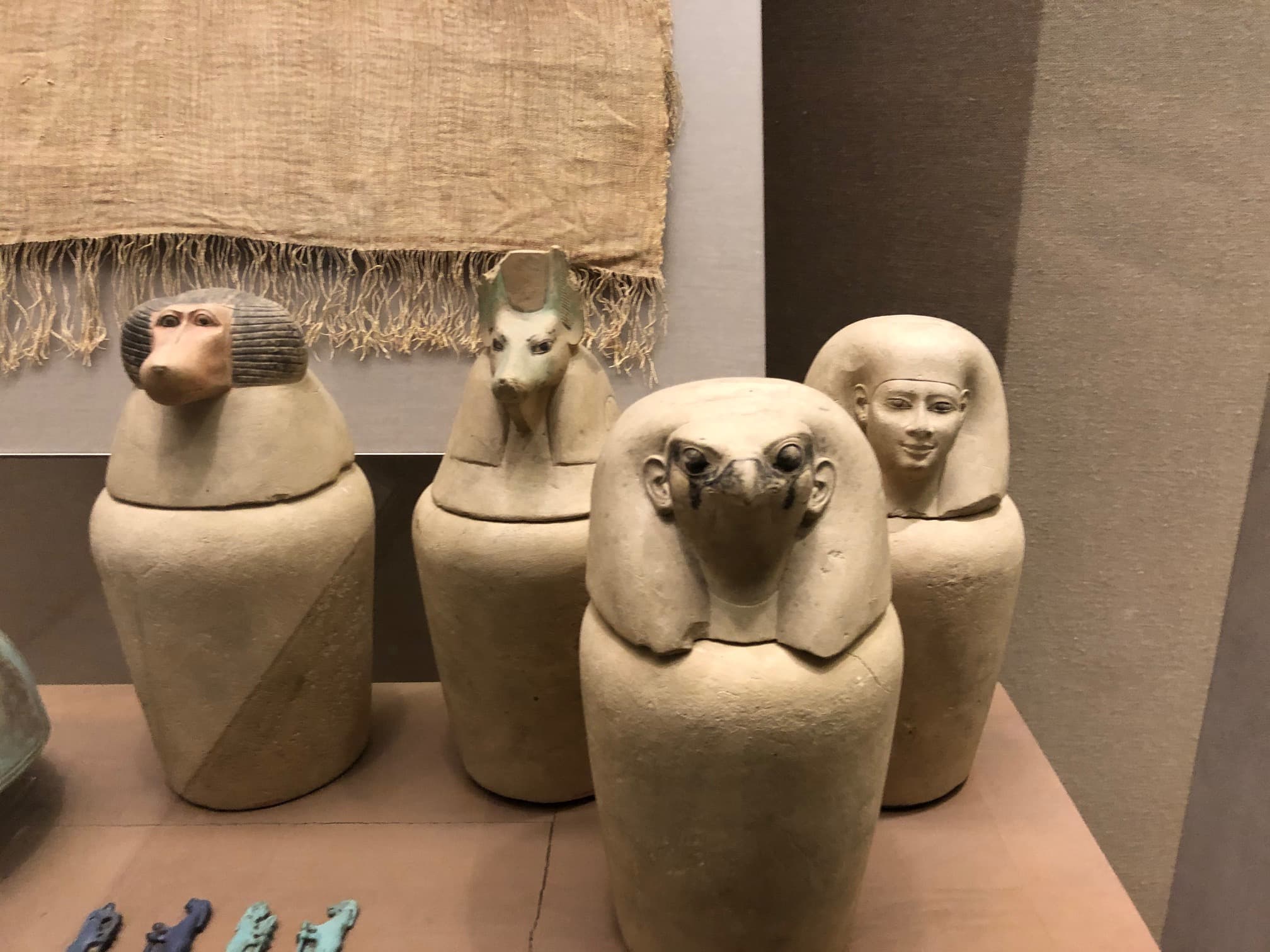
I got a big kick out of seeing this super-fancy dog crate:
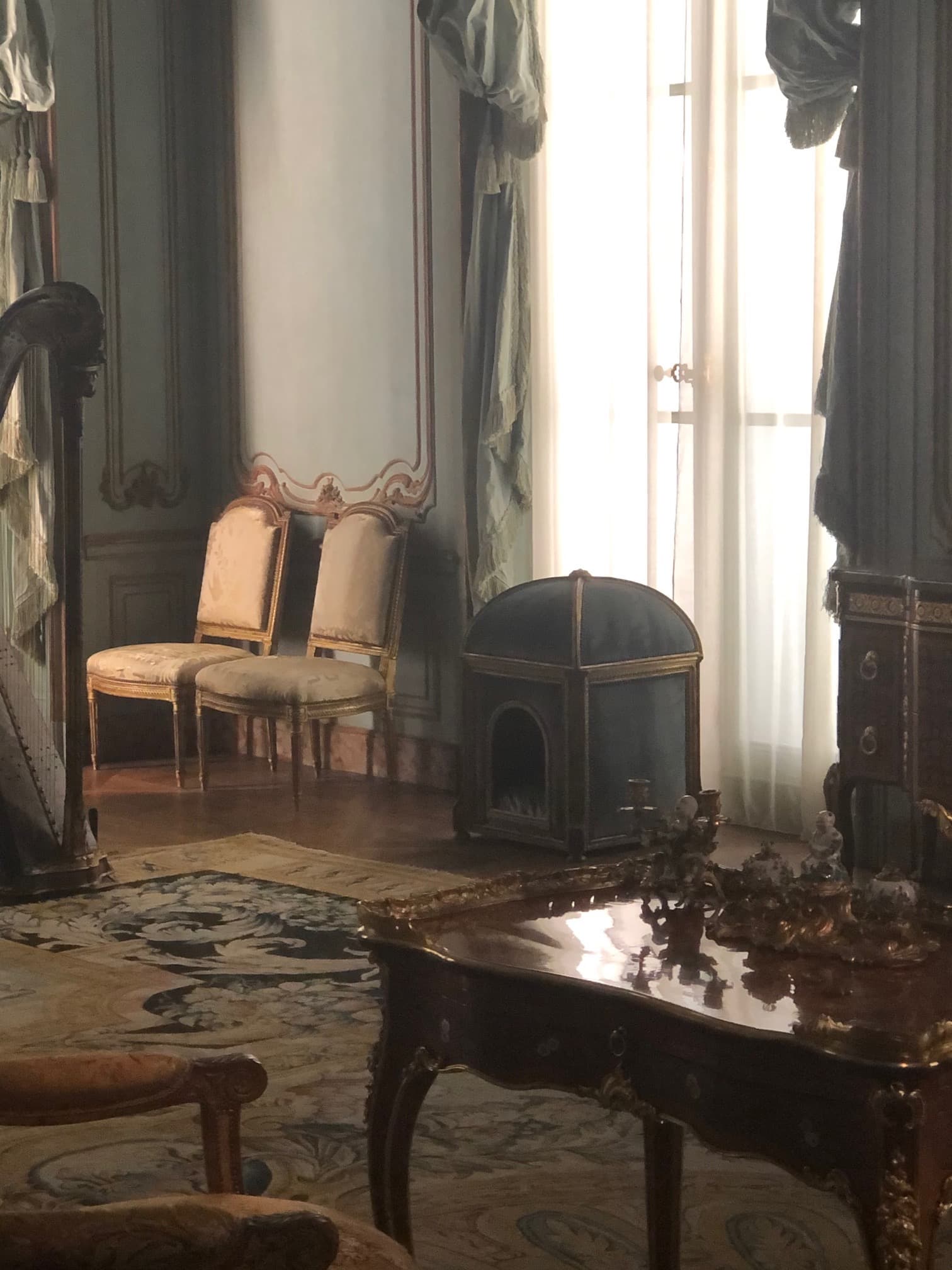
I’m always looking for especially beautiful colors. My photograph doesn’t do justice to the gorgeous rich brown of this headdress:
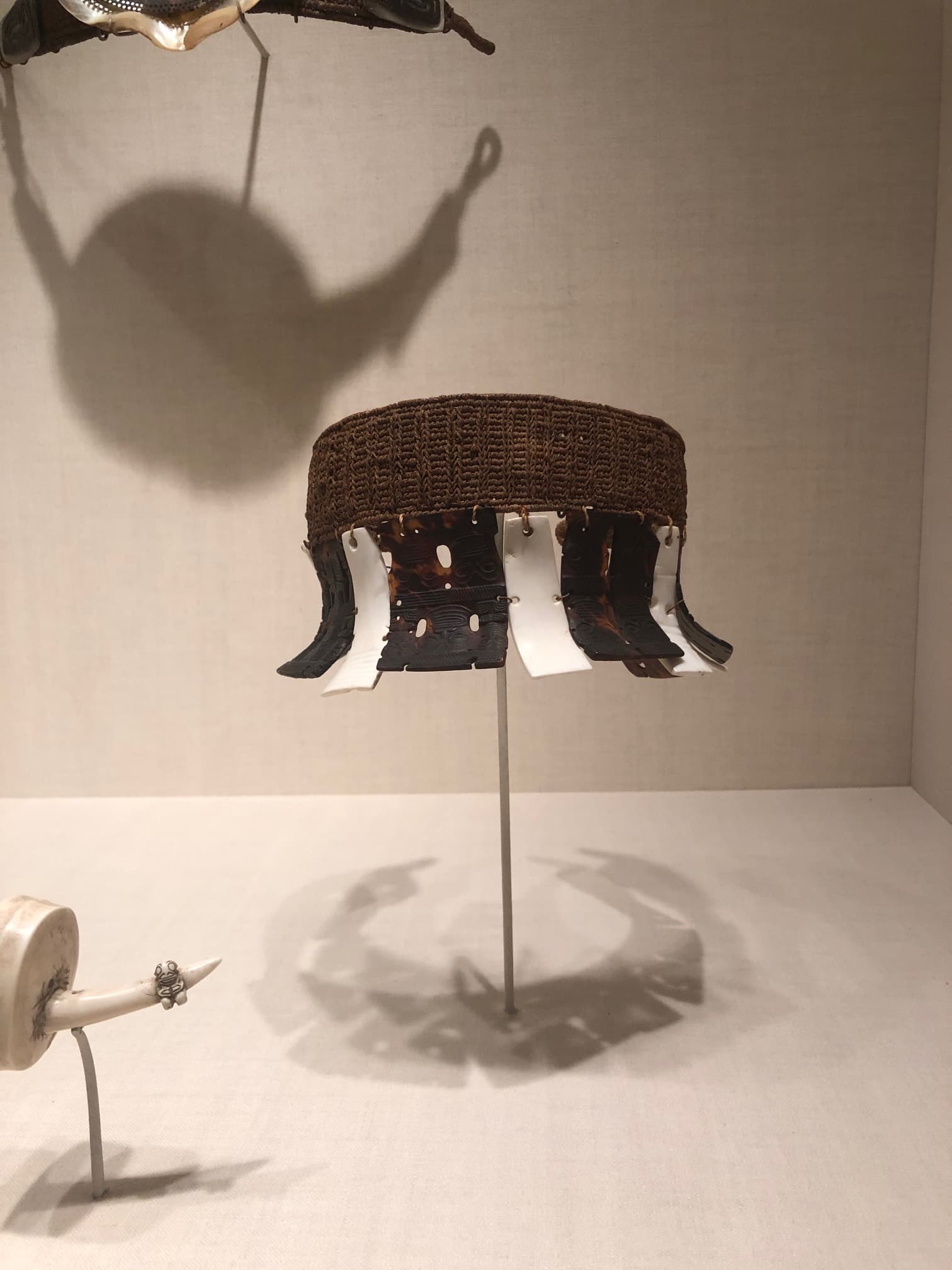
I write aphorisms, and one of my museum-related aphorisms is: “Is it true that when something is too pretty, it can’t be beautiful?” I often ponder this question when I look at some of my favorite artworks, by Tiffany:

For that matter, I love Maxfield Parrish! I learned that the Met has only one of his pieces on view, in Visible Storage—but because of the reflection off the glass case, it’s impossible to get a good look at The Errant Pan:
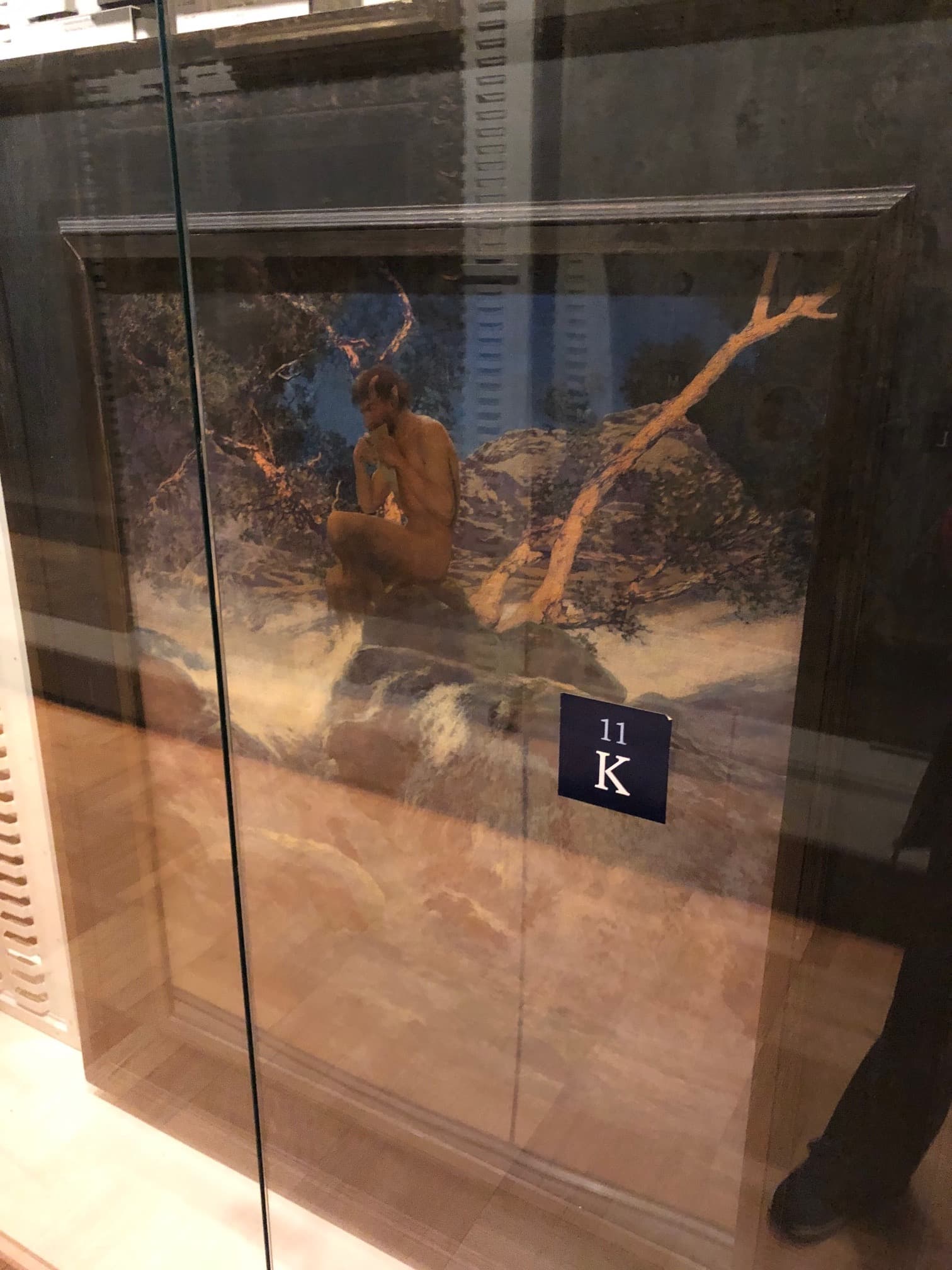
Just as I look for color, I look for objects with beautiful, pure lines; I so admire this kind of restraint and simplicity:
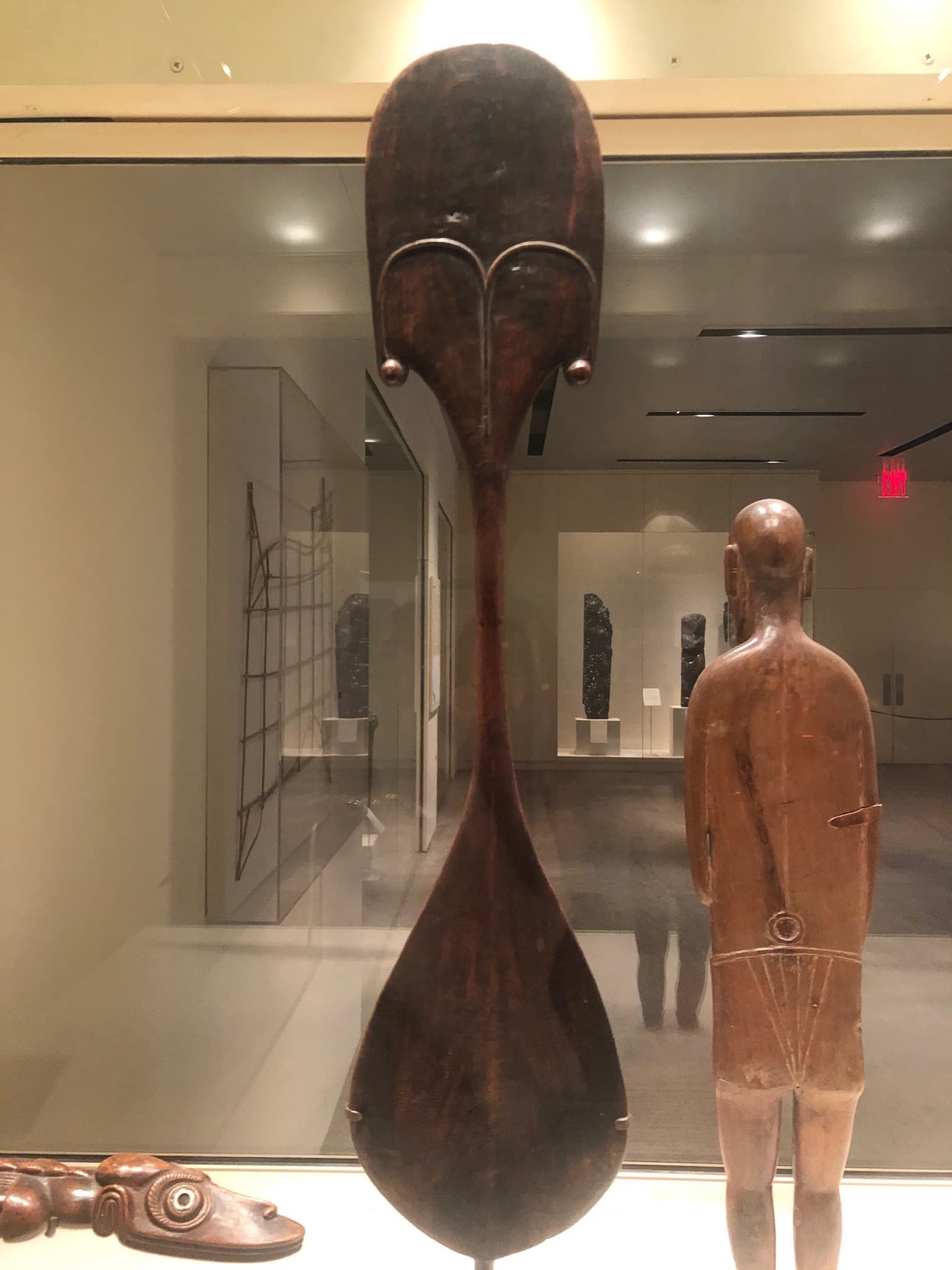
My Met Experiment is still in its early days. I feel like so much has happened in my head already. It’s hard for me to imagine what’s to come.
